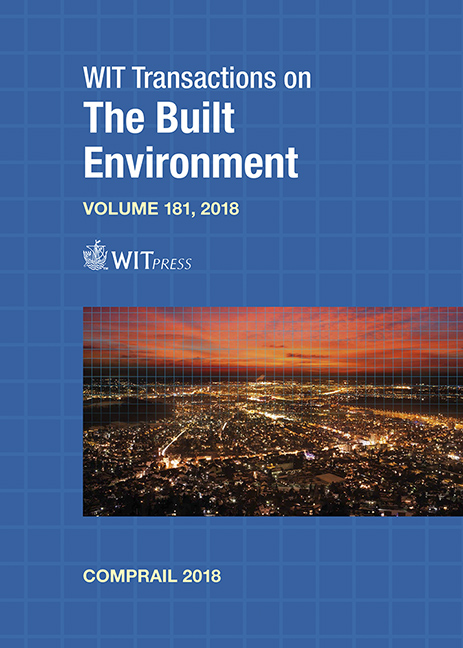A DESIGN STRATEGY ON THE TALBOT TYPE ARTICULATION OF A FREIGHT WAGON
Price
Free (open access)
Transaction
Volume
181
Pages
12
Page Range
145 - 156
Published
2018
Size
607 kb
Paper DOI
10.2495/CR180131
Copyright
WIT Press
Author(s)
EMIN SUNBULOGLU, ERGUN BOZDAG
Abstract
The Talbot Type Articulation is a classical design for use in articulated freight wagons, where one bogie under the coupler serves to both sides coupled. Though being a traditional design, lighter weight wagons designed to transport bulky but lightweight materials return it to one of the alternatives to increase load-to-tare ratio. However, the design criteria of the Couplers are not clearly defined in TSI and recalled standards, but simply recalled to be stronger than other coupling means at ends. This fact requires other challenges of loading case reviews, since the coupling is acting both in tensile and compressive loads, and it is the means of generating the intermediate joint. To end up with a design, a way of generating the possible load cases and combining these into the scope of the DVS fatigue code for fatigue assessment is presented in this study, along with experimental verification of the model.
Keywords
fatigue assessment, DVS standard, railway design, wagon coupling, talbot articulation





